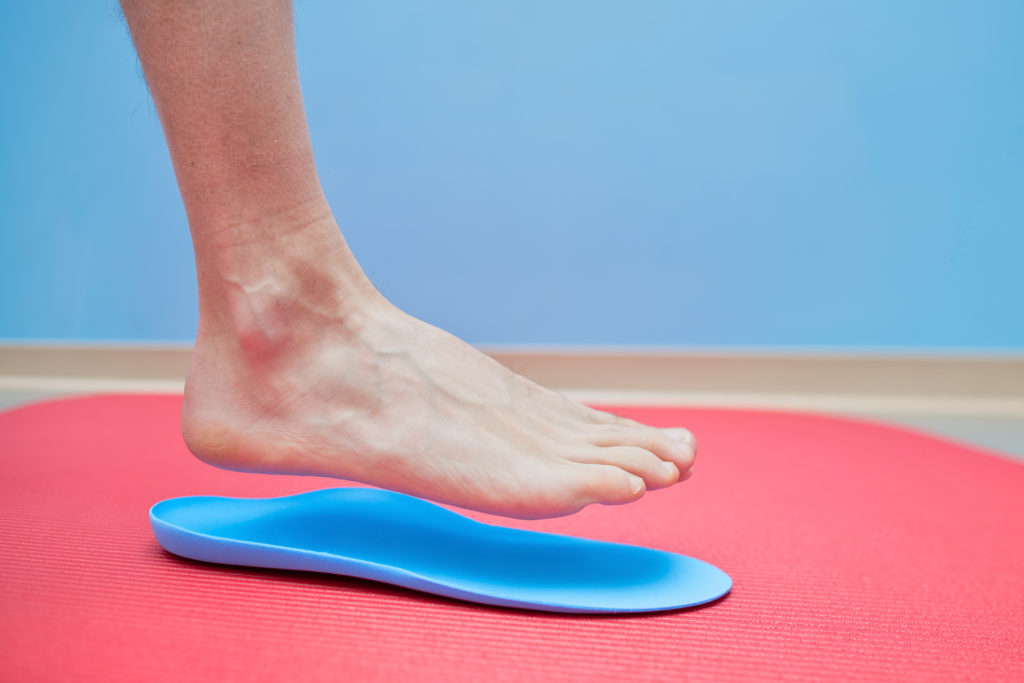When deciding whether custom foot orthotics or insoles (over the counter orthotics) are best for you, it is crucial to understand what makes each product different. Generally, orthotics and insoles are terms that can be used interchangeably, as both are effective methods of treating a number of foot related issues. Most commonly they are used to treat foot pain (typically caused by flat feet or high arches), knee pain, bunions, heel pain, lower back pain, Achilles pain, and even more. Both insoles and orthotics can also be very effective at correcting physical and postural complications. It is noted below that custom orthotics will have more effective relief due to the custom size to your foot, shape, and correction of the root issue. They will help with offloading pressure as well as mal-alignment correction.
Insoles/ Over The Counter orthotics (OTC)
Insoles can be found in most pharmacies and health stores. Insoles are shoe inserts generally made of a soft gel-like material or foam, that offer pain reducing cushioning to the foot. These inserts are NOT custom made, and are designed to fit into most shoes, as opposed to form fitting to the foot of the user. The support provided by the insole allows users to experience short-term relief from their discomfort. Insoles do NOT treat the problem, they can help add cushioning and possibly minimize pain. Depending on the type of discomfort being experienced, a podiatrist may recommend custom orthotics as opposed to insoles/ OTC due to their ability to improve your specific foot conditions.
Orthotics/ Custom Foot Orthotic (CFO)
Orthotics, as touched on above, are similar to inserts however they are custom designed to perfectly fit the user’s foot, keeping in mind the specific concerns they are being used to treat. This allows them to address unique issues, as well as correct these problems much more effectively. Orthotics are capable of more in terms of the support that they provide users when compared to Insoles, and can even be used to address postural problems, as well as correcting the way users walk and stand. The results yielded by orthotics are significantly more noticeable and provide longer-term relief than insoles. Another distinctive difference is the life of each product; while insoles last on average a few months, orthotics can be used effectively for as long as five years. The two products will give different results based on individual need, and severity of condition, and should be carefully selected with the guidance of a podiatrist or an algorithm based on their needs.

